If you've ever wondered why some jasmine flowers look fuller and more luxurious than others, you're probably noticing the difference between single-petal, double-petal, and multi-petal varieties. While all jasmine plants share that intoxicating fragrance we love, their floral structures can vary dramatically. Learning to identify these differences will help you choose the perfect plants for your garden and understand their unique care requirements.
Let's start with the basics of what makes a flower double-petaled. In botanical terms, double flowers occur when some or all of the stamens (the male reproductive parts) transform into additional petals. This process, called petalody, creates that lush, multi-layered appearance that many gardeners find so appealing. Double-petal jasmine varieties typically have two to three times more petals than their single-petaled counterparts, arranged in whorls that create a rose-like appearance.
Now, what about multi-petal jasmines? While "double-petal" and "multi-petal" are often used interchangeably, there's a subtle distinction. Double-petal varieties specifically refer to flowers where stamens have converted to petals, while multi-petal jasmine might naturally produce more petal layers without this transformation. In practical gardening terms, however, both result in similarly lush, densely-petaled blooms.
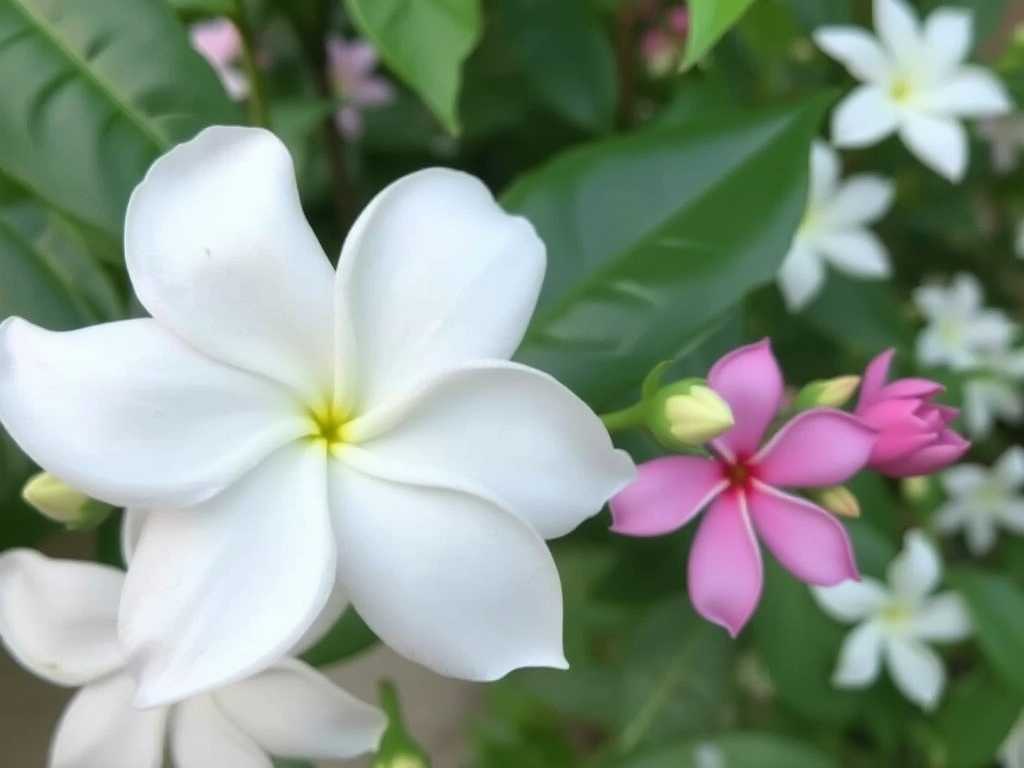
One of the most reliable ways to identify double-petal jasmine is by examining the flower center. Single-petal jasmine varieties typically have prominent stamens that are clearly visible at the flower's center. You'll usually see between 5-10 slender filaments topped with pollen-bearing anthers. In double-petal varieties, these stamens are either completely absent or significantly reduced, replaced by additional petal formations. The center of the flower appears filled with petals rather than reproductive structures.
Another key identifier is the flower's overall shape. Single-petal jasmine tends to have a flatter, more open appearance with petals radiating outward from a clear center. Double and multi-petal varieties often form more rounded, dome-shaped blooms where petals curve inward, sometimes completely concealing the flower's center. These fuller flowers often resemble miniature roses or peonies rather than traditional jasmine blossoms.

Let's explore some specific varieties to make these distinctions clearer. The Arabian jasmine (Jasminum sambac) includes several popular double and multi-petal cultivars. The 'Grand Duke of Tuscany' variety is particularly notable for its extremely double flowers that can measure up to 1.5 inches across. The petals are so densely packed that the flowers appear almost spherical. Another beautiful double-petal variety is 'Belle of India,' which features elongated petals arranged in multiple layers.
When you're shopping for jasmine plants, pay close attention to the bud formation. Double-petal jasmine buds often appear rounder and more plump compared to the slender, pointed buds of single-petal varieties. As the buds begin to open, you might notice that they take longer to fully unfurl, and the process appears more gradual as multiple layers of petals slowly separate.
Leaf examination can provide additional clues, though it's less definitive. Many double-petal jasmine varieties have slightly thicker, darker green leaves compared to single-petal types. The 'Maid of Orleans' (a single-petal Arabian jasmine) has thinner, lighter green leaves than the 'Grand Duke of Tuscany' (a double-petal variety), though both belong to the same species.
The flowering pattern throughout the season might also give you hints. Some double-petal jasmines produce flowers that are so heavy with petals they tend to nod downward on their stems. You might find yourself gently lifting blooms to appreciate their full beauty. Single-petal flowers typically face outward or upward, more readily displaying their centers.
If you're still uncertain about identifying your jasmine type, consider the blooming frequency. Many double-petal jasmine varieties bloom less profusely but produce longer-lasting individual flowers. The energy required to create those extra petals means the plant may produce fewer flowers at once, but each bloom remains attractive for several days. Single-petal varieties often produce abundant flowers that may last only one to two days.
Understanding these differences becomes particularly important when planning your garden's design. Double-petal jasmines make excellent specimen plants where you want to draw attention to individual blooms. Their luxurious flowers stand out in arrangements and hold up well when cut. Single-petal varieties create a more abundant-looking display and can cover structures more completely with their prolific blooming.
Care requirements can differ slightly between the types. Double-petal jasmines sometimes need more protection from heavy rain, as water can accumulate in the densely packed petals and lead to rot. They may also benefit from slightly more phosphorus in their fertilizer to support the development of those abundant petals. Neither type is dramatically more difficult to grow, but understanding these subtle needs helps you provide optimal care.
Propagation methods might vary in their success rates between single and double-petal varieties. Some double-petal jasmines set seed less readily because their reproductive structures have been modified. Gardeners often propagate these through cuttings to maintain the double-flowering trait. If you're trying to grow jasmine from seed and having limited success, you might actually be working with a double-petal variety that rarely produces viable seeds.
When shopping for jasmine plants, don't rely solely on picture tags, as these can sometimes be misleading. If possible, examine plants that are already in bloom, or purchase from reputable nurseries that accurately label their varieties. Look for descriptive terms like "double-flowered," "plena," or "multiplex" in the botanical names or descriptions.
Seasonal changes can affect the appearance of double-petal jasmine flowers. In cooler weather or when plants are slightly stressed, double varieties might produce flowers with fewer petal layers. Don't be surprised if your typically double-petal jasmine occasionally produces a semi-double bloom—this is normal variation rather than the plant reverting to a different form.
The fragrance profile might differ slightly between the types as well. Some gardeners notice that double-petal jasmines have a slightly stronger, richer fragrance that intensifies in the evening. The essential oil concentration might be different in flowers that have converted reproductive structures to petals. Whether this difference is noticeable to you will depend on your individual sensitivity to scents.
If you're trying to identify an established jasmine plant in your garden, observe it throughout several flowering cycles. Note the flower structure, counting petal layers when possible. Take photographs of open flowers from multiple angles, paying special attention to the center. Compare these to verified images online or consult with local gardening experts who have experience with jasmine varieties.
Understanding these distinctions opens up new possibilities for garden planning. You might choose double-petal varieties for prominent positions where their individual beauty can be appreciated up close, while using single-petal types to create walls of fragrance on fences or trellises. Many gardeners eventually develop a preference for one type over the other, though having both provides wonderful diversity.
Whether you're drawn to the simple elegance of single-petal jasmine or the luxurious fullness of double-petal varieties, understanding these differences helps you make informed choices and provide better care. The world of jasmine offers incredible diversity, and being able to recognize these variations adds depth to your gardening experience. Next time you encounter a jasmine plant, take a moment to examine its flowers closely—you might discover you're looking at a special double or multi-petal variety worth adding to your collection.
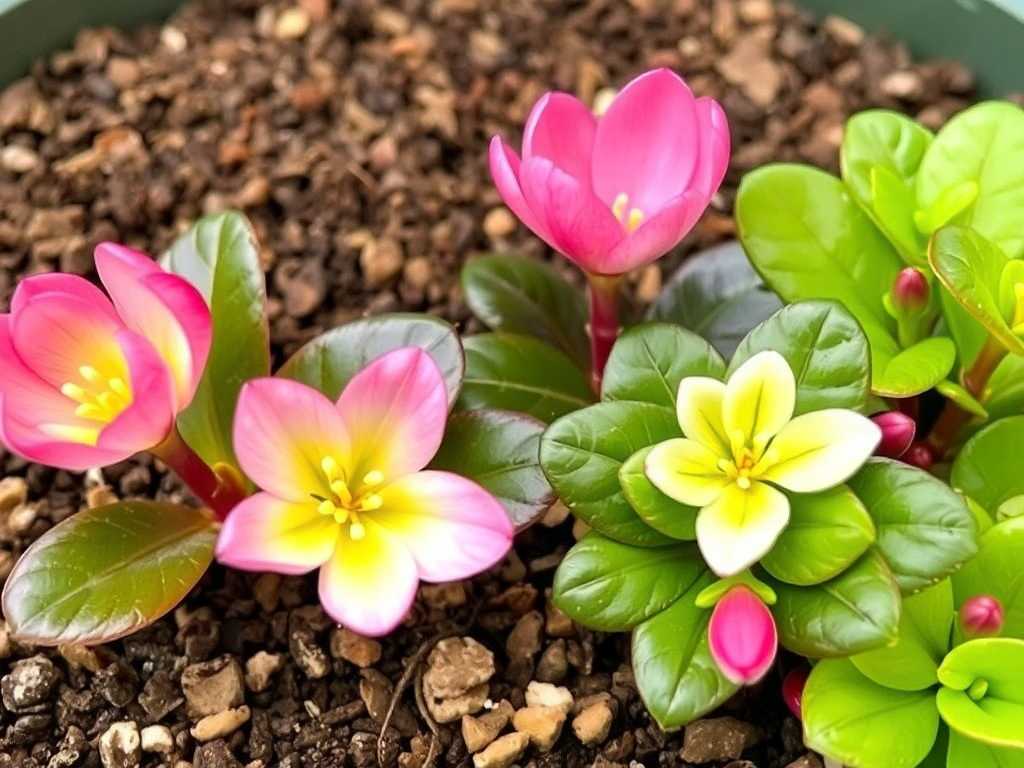
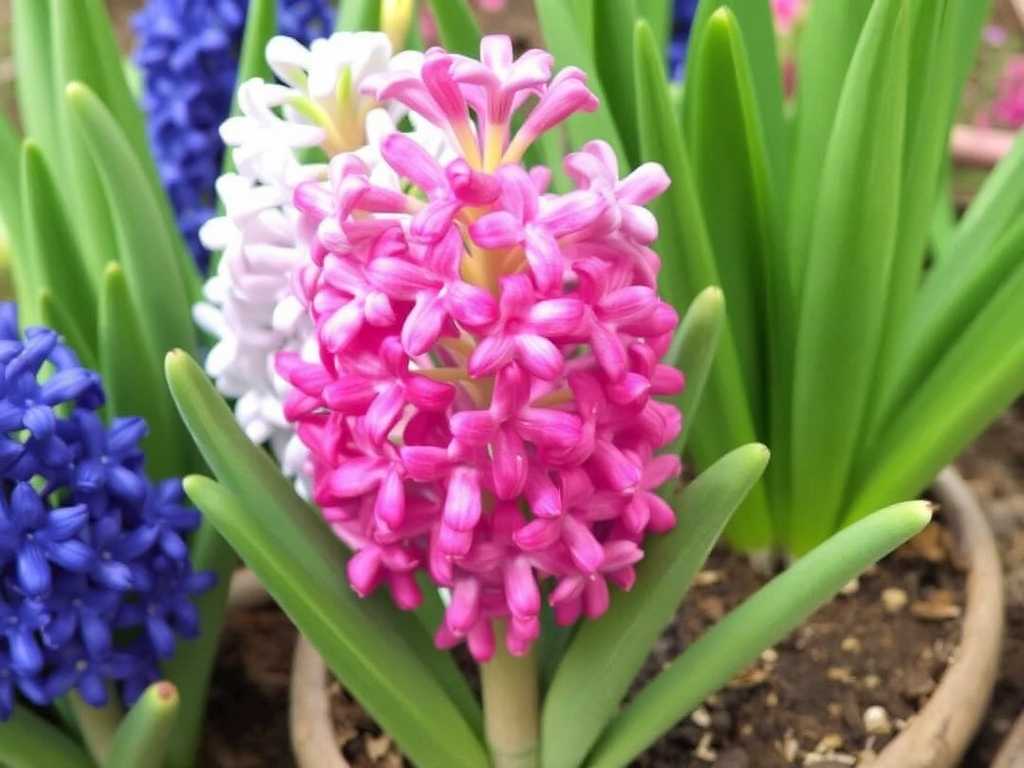
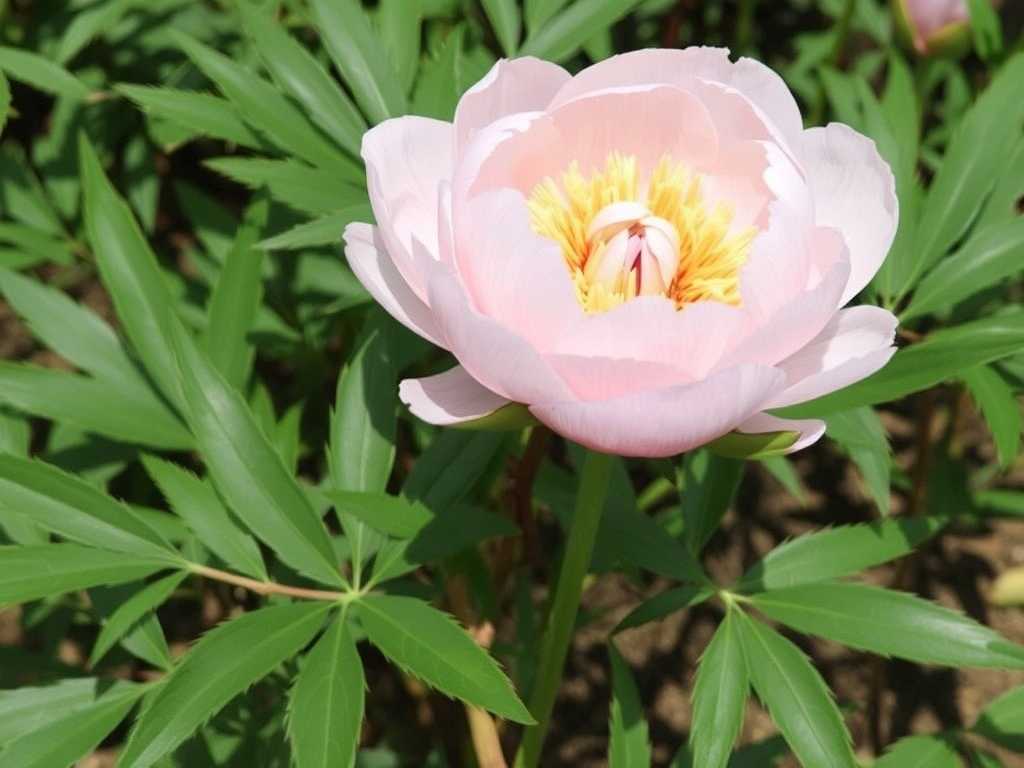

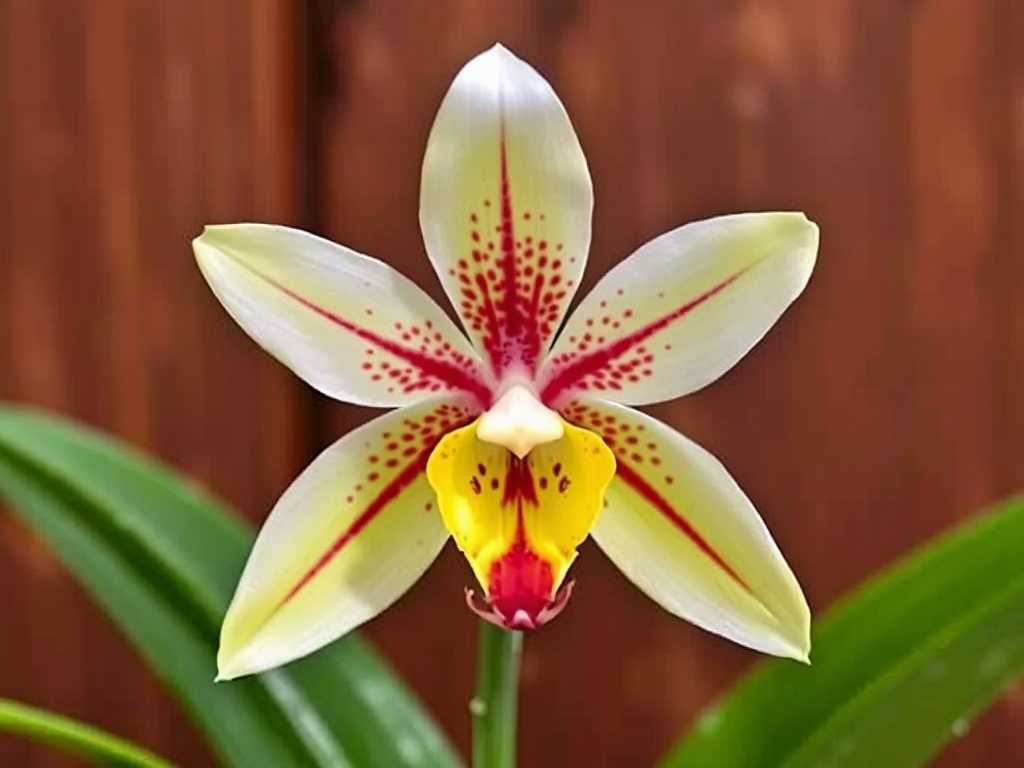
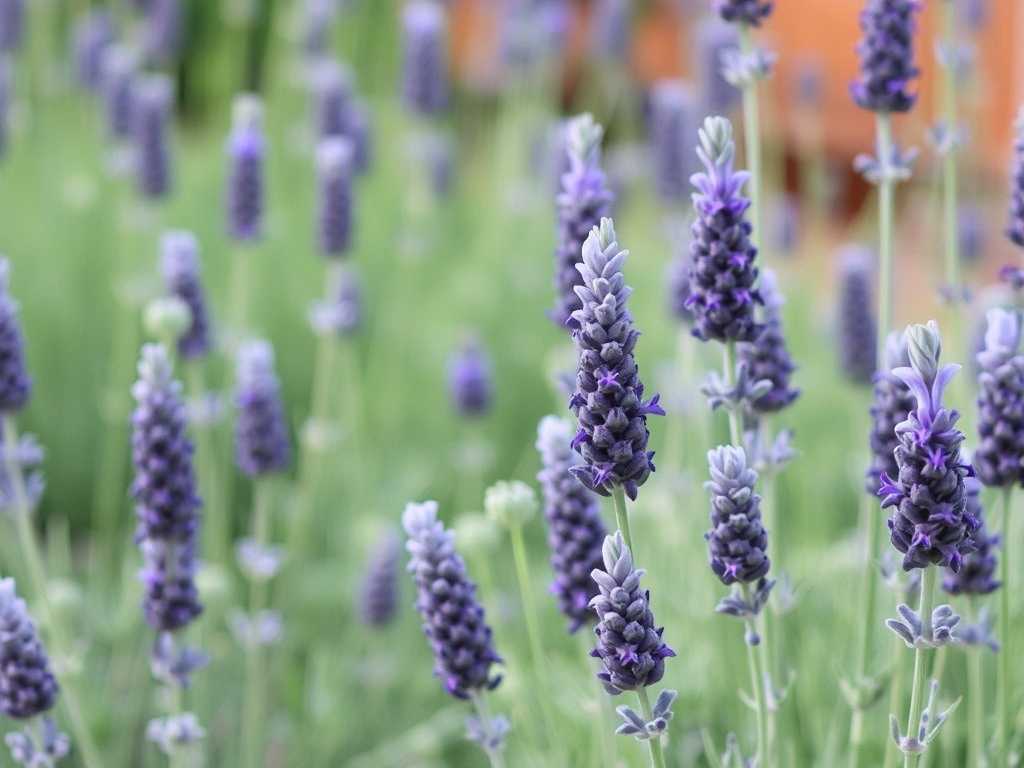
发表评论